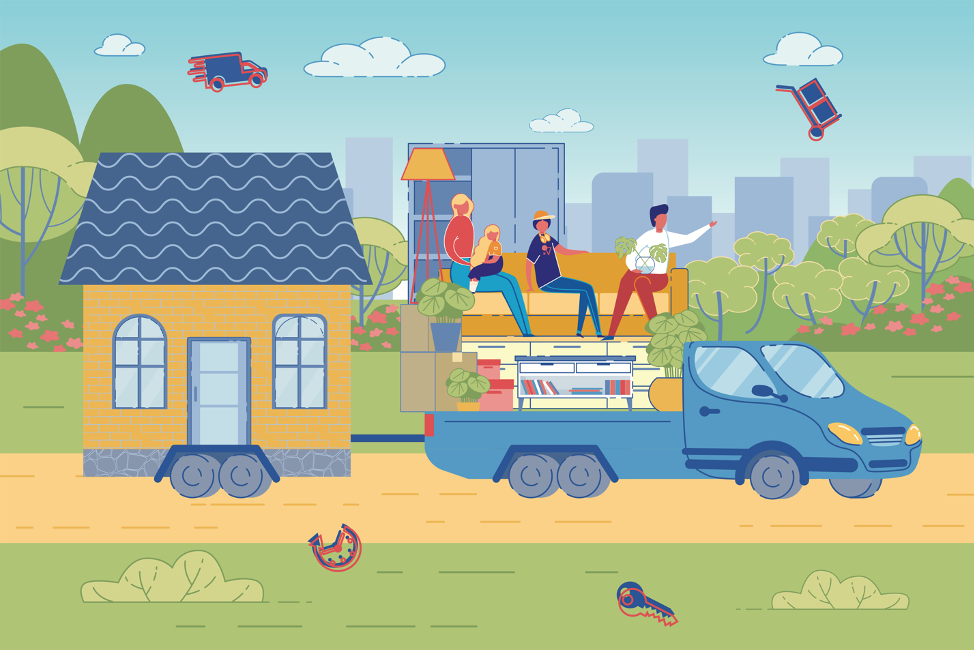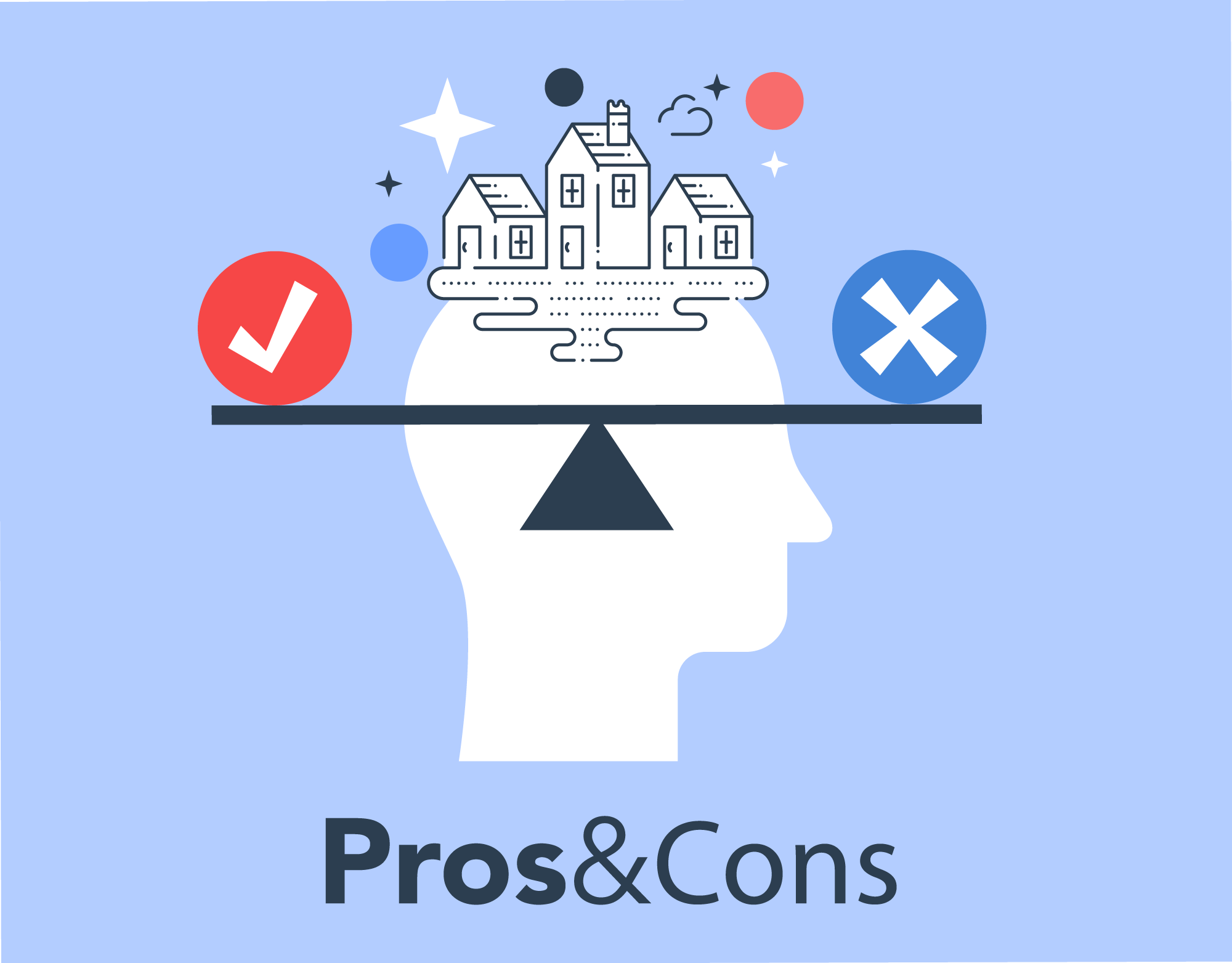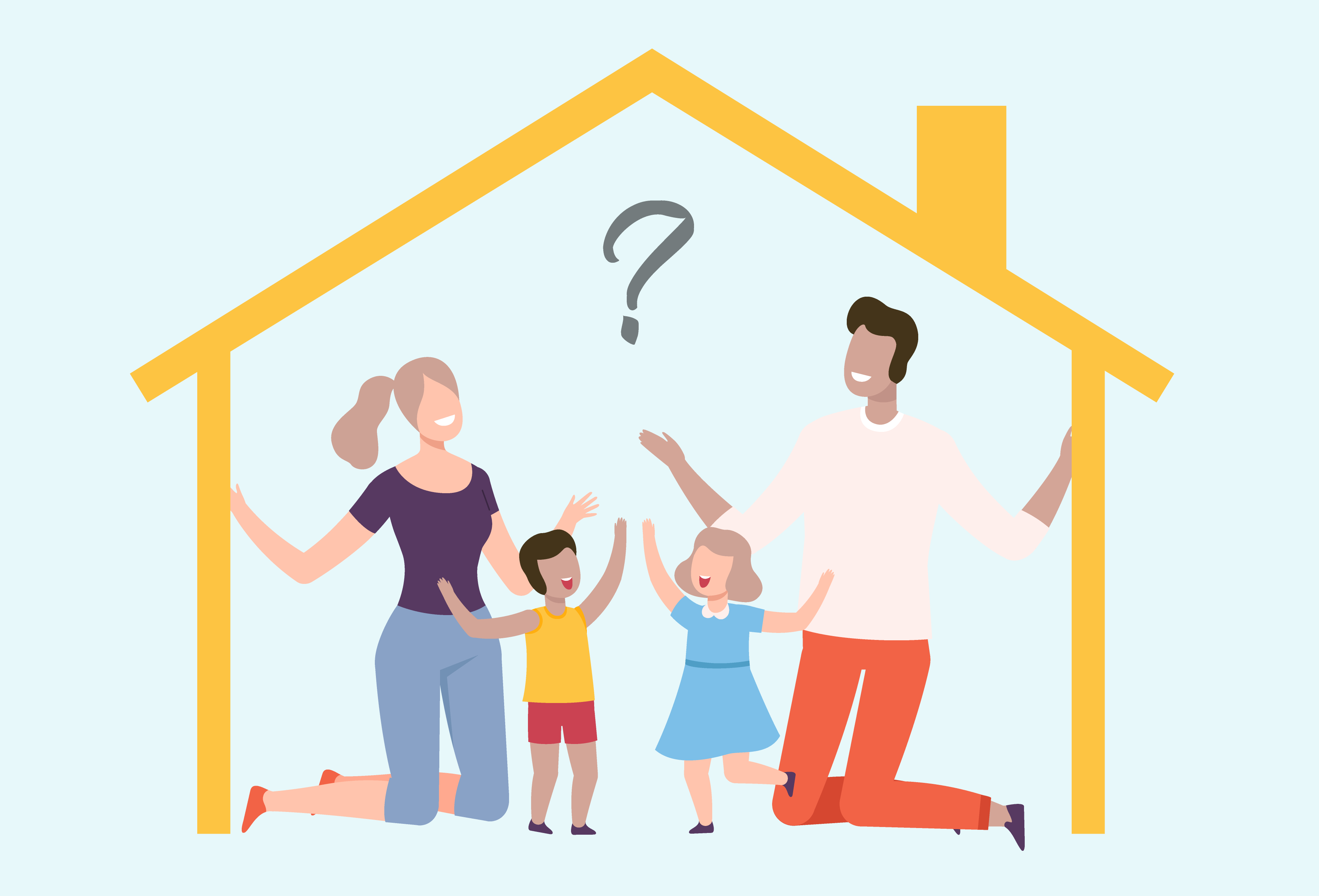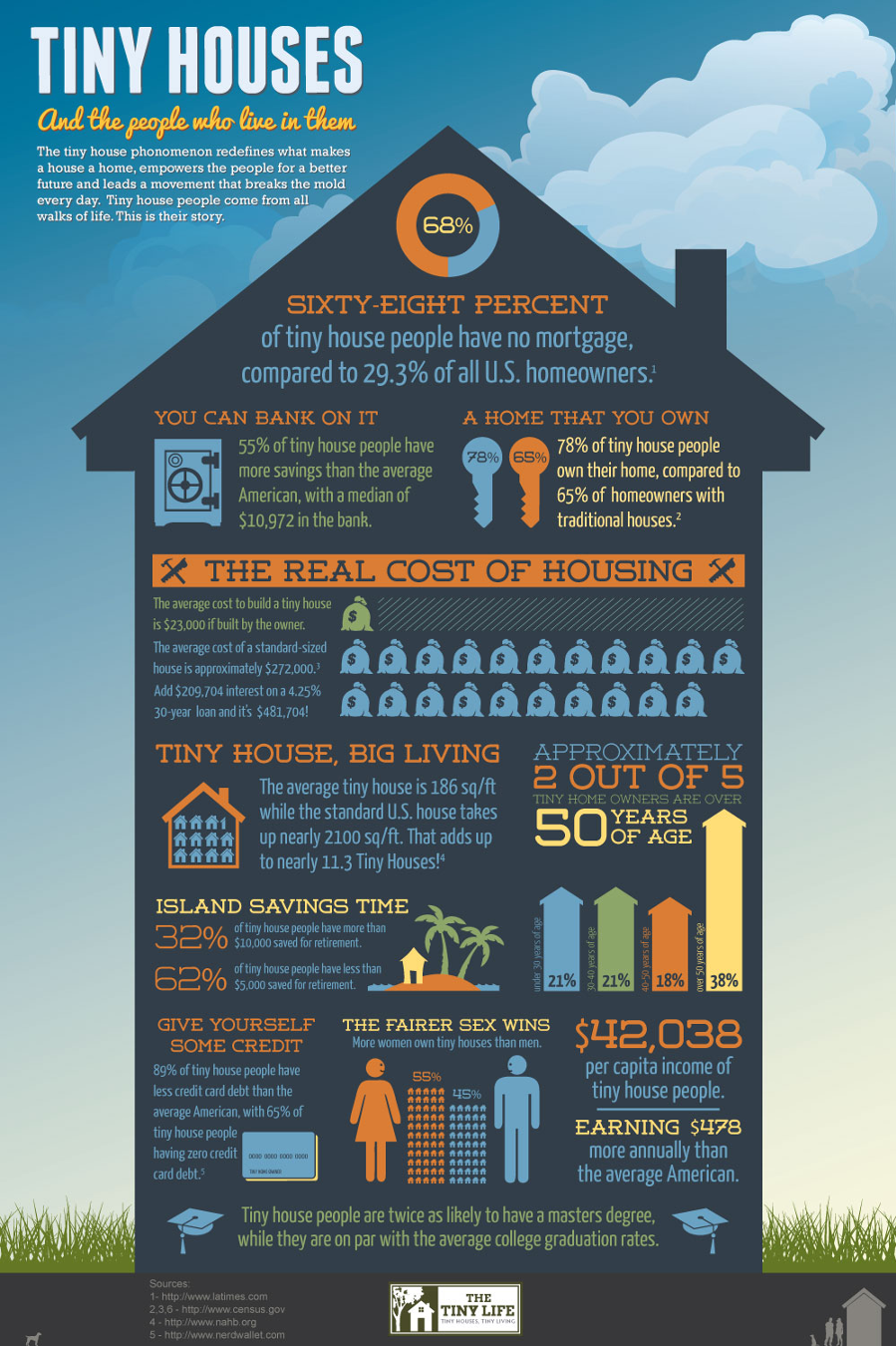
Because the tiny home movement is still so novel and unfamiliar, people usually have questions about tiny home living and the tiny home industry. We’re here to answer some of those for you and offer you some insight into why tiny homes are making such a big splash!
WHAT IS A “TINY HOME?”
What qualifies as a tiny home depends on who you ask and varies between sources. However, most agree that a house is considered “tiny” if it is under 400 square feet, with the average tiny home coming in at approximately 185 square feet. A tiny home can be purchased pre-built, constructed completely from scratch by the owner, wheeled in, a free-standing structure or affixed to other structures.

TYPES OF TINY HOUSES
There are several different categories for tiny homes. Tiny homes essentially fall into one of two categories –attached to a foundation or mobile, which can be moved with a tractor and hitch and is technically considered a recreational vehicle. Within these two broad categories, there are several different styles:
Conversions, when buses or shipping containers, for example, are transformed into a tiny house.
Micro apartments, typically a studio in an urban area.
Tiny cabins, a type of home that utilizes natural elements.
Luxury tiny homes, which are generally on the larger side of the spectrum that have the look and feel of a traditional home at a fraction of the size with amenities such as standard-sized appliances or isolated rooms.
We are sure you are beginning to see that the number one rule of the tiny house movement is there are no rules! The possibilities are truly endless and can adapt to fit any needs or personalities.

Pros
Cost
One of the main advantages of taking up tiny home living is the amount of money it saves the homeowner. On average, Americans spend between 1/3 and 1/2 of their income on their homes – whether that be on mortgage payments, home maintenance, or design – that’s a huge portion of money that could be spent elsewhere.
While the cost of a tiny home varies widely depending on several different factors, including whether it’s a DIY home or pre-built, if you choose to use high-end interior finishes and standard size appliances, if the home is a part of a larger community with amenities, or if you have to purchase a plot of land in addition to the house itself. With all of these expenses considered, the average cost is somewhere between $30,000 and $70,000. Once you purchase your tiny home, there are very few other associated costs as the upkeep for tiny homes is minimal. According to Zillow, an American online real estate database company, a traditional home, on the other hand, costs the average American in the approximate range of $240,000 – $300,000. This amount does not take into account interest, taxes, maintenance, or major repairs or renovations for the longevity of the home.
Environmentally Conscious
Another big upside to tiny homes is how eco-friendly they are. One reason for this is that many tiny homes (including those which are pre-assembled by manufacturing companies) are made up of re-purposed and recycled materials, with very little waste. A large percentage of tiny homes also use some form of alternate energy, such as solar energy and rainwater catching devices. Their size and design also means that, even if alternate energy is not used, a tiny home uses much less energy and resources than that of a traditional house.
Flexibility and Freedom
This may be the pro that is propelling the tiny house movement forward the most. Many tiny homes are mobile, and thus can be moved at a moment’s notice. Want to pack up and move across the country? No problem, just hook your home up to your vehicle and off you go – no hassling with putting your home up for sale, packing all your belongings, or having to financially plan for your next house. It’s perfect for those who want a more nomadic lifestyle. This is one of the reasons that tiny homes are popular amongst millennials.
Even if your tiny home is not on wheels, the money and time that you save with your tiny home allows you to expend resources on more leisurely activities like self-care and travel. Another aspect that tiny homeowners often site is the freedom from a decades long mortgage obligation. Many tiny homeowners own their houses outright, while according to The Real Deal, a go-to source for national real estate news coverage, over 60 percent of traditional homeowners in the US have a mortgage – which makes many traditional homeowners feel stuck in place. This is completely contrary to what tiny homeowners attest to. Having a tiny home allows you more financial flexibility and overall freedom to dedicate more time to yourself and your desires.
Cons
Space
While the upsides of tiny homes can seem endless, those considering making the move need to take into account the obvious – tiny homes are just that: tiny. Do not be caught off guard by just how much downsizing you are going to have to do in order to fit comfortably into your new tiny home. While the average size of a tiny home is less than 200 square feet, the average square feet of a traditional home in the US is 2,386 square feet as stated by the United States Census Bureau. This inevitably means parting with a significant portion of your belongings, something that causes most people hesitation. We tend to have an emotional connection with our material things, making the requirement of getting rid of those things a deal-breaker for some people.
Zoning Restrictions
Many zoning laws for dwellings require that the size of the dwelling be at least 200 square feet. We’ve already gone over how the average tiny home is less than 200 square feet which can pose an issue for the home’s owner. This is especially difficult if the home is on wheels as opposed to stationary which makes the tiny home fall under the category of recreational vehicle (RV). There are certain legal ramifications when a structure is considered an RV as opposed to a dwelling – the homeowner’s rights are not as expansive. For example, if your tiny home qualifies as RV, there may be some restrictions in your state on where you can set up your home. Prior to making the choice to switch to a tiny home, be sure to check your area’s zoning requirements and laws!
Financing
Because tiny homes are so low in cost, and ultimately objective value, the ability to get any type of financing for the purchase of your tiny home may be difficult. In fact, it is all but impossible to get a traditional mortgage for a tiny home as they are almost useless as collateral. While some tiny home buyers are able to come up with creative options for financing their homes (borrowing from friends, personal loans from banks, etc.), oftentimes the only available option for purchasing a tiny home is to buy it outright. Even though in the long run a tiny home is virtually guaranteed to save money, some people simply do not have the means to make such a large purchase at once.
FAMILY FRIENDLY?
There has been mixed feedback about families and tiny homes. On the one hand, some have pointed out that the amount of space is not ideal for more than one person at a time. The addition of extra people in such close quarters may cause some tension. On the other hand, there are others in the tiny community who say that the close living has actually improved their family dynamic. It allows families living in a tiny home to spend quality time together and get to know each other better and develops a level of respect for each other. Another thing to consider is that tiny homes come in such a variety of categories and designs, that you can normally customize your home to accommodate your family’s needs.

IT’S A LIFESTYLE!
Going tiny isn’t just a choice, it’s a way of life. Tiny homeowners are generally surprised at the level of camaraderie there is in the tiny home community. Oftentimes, people in the tiny house movement decide to band together and create an entire tiny oasis. There are many areas across the country where these communities have already been built, and tiny homeowners are welcome to join – they generally even offer great amenities (i.e. gardens, fishing holes, pools, dog parks). The one thing everyone in these communities, and all tiny homeowners, have in common – the desire to get back to the basics.
In our modern society, size is usually associated with status – social, educational, financial – however, if you can break through that ideology, you will be rewarded.
The average tiny homeowner makes over $42,000 per year, almost $500 more than the average American. You may ask, “if these tiny homeowners can afford a traditional house, then what’s making them choose tiny life?” What attracts many people to tiny living is that it forces you to deeply consider what is most important to you. Rather than looking at the downsize as making a sacrifice, think of it as a simplification. See The Tiny Life’s infographic below for more beneficial data.

In such a fast-paced world, the tiny home movement allows its participants to slow down and enjoy the little things. Going tiny allows you to take the time, energy, and resources you would spend on tangibles and redistribute those resources to experiences.
If you’re looking for additional information on tiny homes, the tiny home industry, or tiny house design, contact us! We’re glad to help.
